When it comes to cruising, freezing cold is hot, hot, hot
Trophy trips around the Arctic are most easily done by ship, and there's a new range of luxury operators ready to cast off.
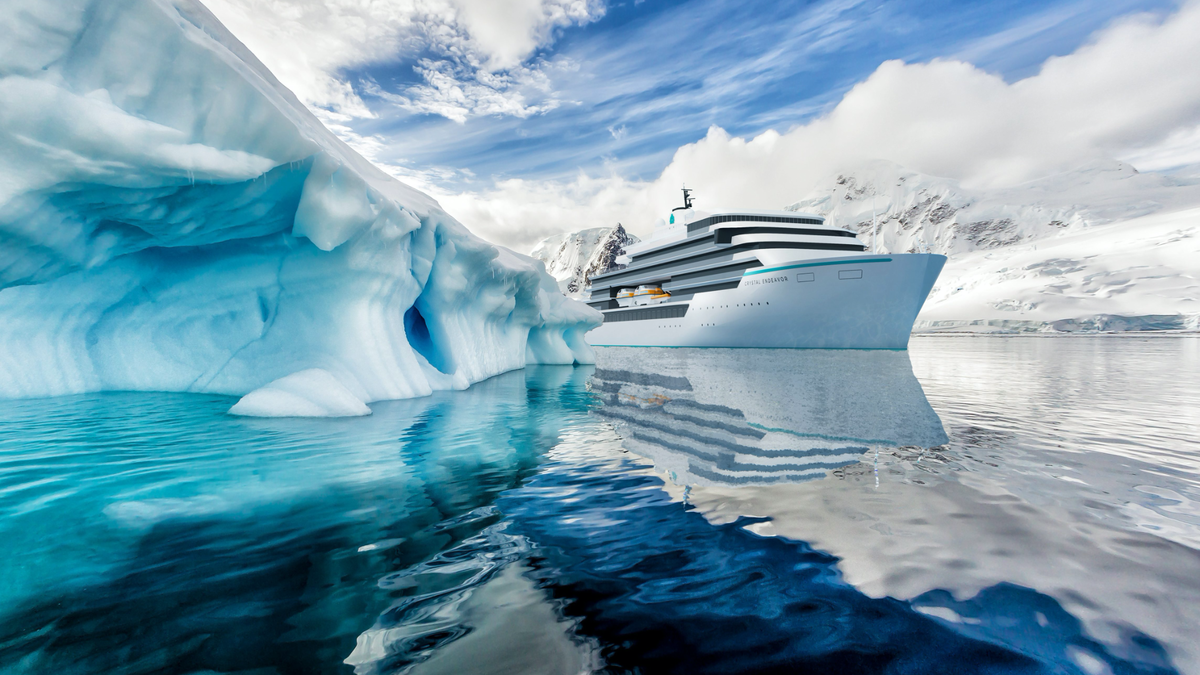
In a warming world, the upper echelons of the cruise industry are focusing on lower temperatures. No, they’re not the travel industry’s green pioneers (though new ships pollute far less than their predecessors). Instead, they’re building ships for Antarctica, the Arctic, and anywhere that glacial ice, rather than tropical heat, is the main attraction.
Unlike the first generation of ice-breakers – mostly bare-bones expedition ships and aging Russian research vessels with renovated interiors – and the handful of pioneering expedition ships that started to break the mold in recent years, this new breed of polar ships is smaller, nimbler, and far more comfortable.
“People’s expectations have changed,” says Bob Simpson, vice president of expedition for luxury tour operator Abercrombie & Kent, which charters two ships from French line Ponant for sailings in the Antarctic and Arctic seas, including the Northwest Passage between the Atlantic and Pacific oceans. “You couldn’t put today’s luxury traveler in a 105-square-foot cabin with a twin bed and porthole.”
On the contrary, today’s ships deliver a milieu of Champagne on ice, on ice. They have all the niceties of a first-class hotel – including king-sized beds – plus helicopters and submarines that let passengers take in otherwise-inaccessible landscapes from above and below the sea.
The challenge: Some itineraries feel like a race against climate change, be it the rapidly melting Sermeq Kujalleq in Greenland or the receding glacier visible from Palmer Station in Antarctica.
Boom times
This year, Australian line Scenic made waves with the debut of the all-suite polar-class Scenic Eclipse. Beginning next month, it will bring 200 passengers to the “White Continent” with accoutrements that include a 110-bottle whiskey bar, an indoor pool, and a whole room dedicated to meditation—plus two helicopters and a six-seat submarine.
Next year, it’ll be joined by 10 additional, brand-new expedition ships, eight of which are polar-class vessels. Crystal Cruises’ 200-passenger Crystal Endeavor continues the helicopters-and-submarine trend while adding the only casino on an expedition ship, complete with blackjack, roulette, and slots.
Then there’s Quark Expeditions’ 199-passenger Ultramarine, which will use its two helicopters to offer guests not only flight-seeing but also heli-skiing and heli-hiking. Additional entries will come from Ponant and Lindblad Expeditions-National Geographic.
If all that weren’t enough, an additional 13 expedition ships will follow in 2021, according to Cruise Industry News. These include the Seabourn Venture, the first purpose-built polar-class ship from Carnival’s ultra-luxury, all-suite brand. It’s slated to have mountain bikes, kayaks, and 24 Zodiacs for up-close exploration, as well as a pair of six-passenger submarines, free-flowing Champagne, and order-any-time caviar. A sister ship is scheduled to follow in 2022.
For many cruise companies, the fact that these ships are relatively small - and therefore, easy to commission out of alternative shipyard facilities– makes them palatable investments. Plus, with 10-day sailings to Antarctica starting at US$12,000 per person, they drive far more revenue than a 10-day sailing to, say, the Caribbean, where prices for comparable trips can fall under US$2,000. Even if there’s lingering doubt about how long these frozen landscapes will remain viable (or interesting) to explore, the investment should pay for itself.
“Experience, that’s become the currency,” says Rick Meadows, Seabourn’s president. “People want stories to tell their friends and family – to say “We went to Greenland and saw all these things” to a room full of people who have not had that experience.”
Shorter trips, broader demographics
To afford a polar cruise, you need relatively deep pockets – but in many cases, you also need a good amount of time off, as itineraries typically run two weeks or longer. On most lines, this has limited cold-weather cruising to baby boomers, but the market is broadening.
Shorter trips, starting at seven nights, are drawing millennials and younger families. The fact that these destinations can’t be visited by land also means that cruise companies are drawing the new-to-cruise folks they so badly desire. A sense of urgency creates another allure: See the glaciers and show the kids, while you can.
For these travelers, the best options are Lindblad Expeditions (whose weeklong trips focus on polar bears in Svalbard), Abercrombie & Kent (with its exemplary Youth Explorer programming), and Seabourn (for Greenland explorations at an unparalleled standard of luxury).
Want the greenest possible experience? Norway-based line Hurtigruten stands out for its new, 500-passenger Roald Amundsen, which has a hybrid propulsion system that’s partially electric. A sister ship arrives in 2020.
Vicky Garcia, chief operating officer and co-owner of travel agent network Cruise Planners, says that regardless of demographic, the people who book these cruises have high expectations.
“You may go out and fish for salmon with the best local fisherman, but you want a nice ship to come back to with all the luxury you are used to at home, people who know your name, custom-delivery at every level,” Garcia says. “If they want a martini, they want it to be a really good martini in a really nice martini glass.”
There's more to see than ice
While Antarctica has been a prized destination for decades, itineraries are now stretching to even less-trammeled corners such as Norway’s Svalbard Islands.
They cruise to Greenland, the Canadian Arctic, across the Northwest Passage, through the Russian Far East, and to the Aleutian Islands. Even the uninhabited sub-Antarctic islands located amid Antarctica, Australia, and New Zealand are popping up on the elite cruise map.
Glaciers aren’t the only calling card. Wild scenery and changing ice conditions are trumped by an incredible array of wildlife: polar bears, beluga whales, and walruses in the Arctic; the giant Kamchatka brown bears of Russia; orca whales, elephant seals, and toddler-sized penguins in Antarctica.
History and a look at remote cultures come into play, too. Two standouts are Unalaska’s Dutch Harbor, the major fishing port featured on Discovery TV’s Deadliest Catch (it’s a stop on Aleutians itineraries) and Tiny Pond Inlet on Nunavut’s Baffin Island, with its Inuit culture and polar bears (it’s featured in Canadian Arctic and Northwest Passage sailings).
The latter port, also called Mittimatalik, received its first visit from a mainstream ship in 2016; in 2020, it expects a record-breaking 17 arrivals.
Even days on sea can be full of intrigue. Whereas Caribbean- and Mediterranean-bound cruise ships can be run mostly on auto-pilot, that’s not the case in the lands of ice and snow
Last year, a few ships, including A&K’s chartered Le Boreal, got blocked in the Northwest Passage when warming conditions caused huge sections of sea ice to break off the Arctic ice pack. The ships had to backtrack by putting guests on a charter flight to a different port.
“That’s expedition cruising, and to me that’s the beauty of it,” A&K’s Simpson says. “It’s not always the experience you expect.”
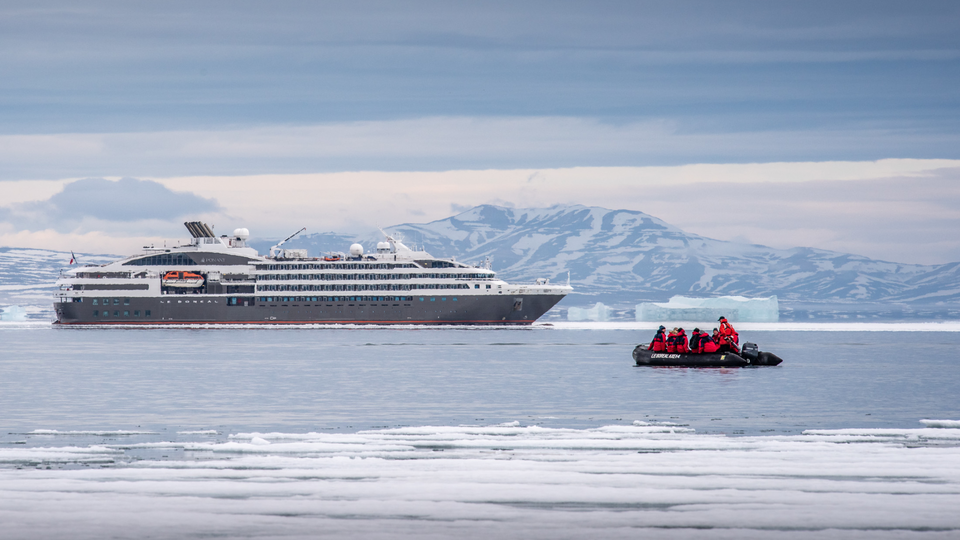
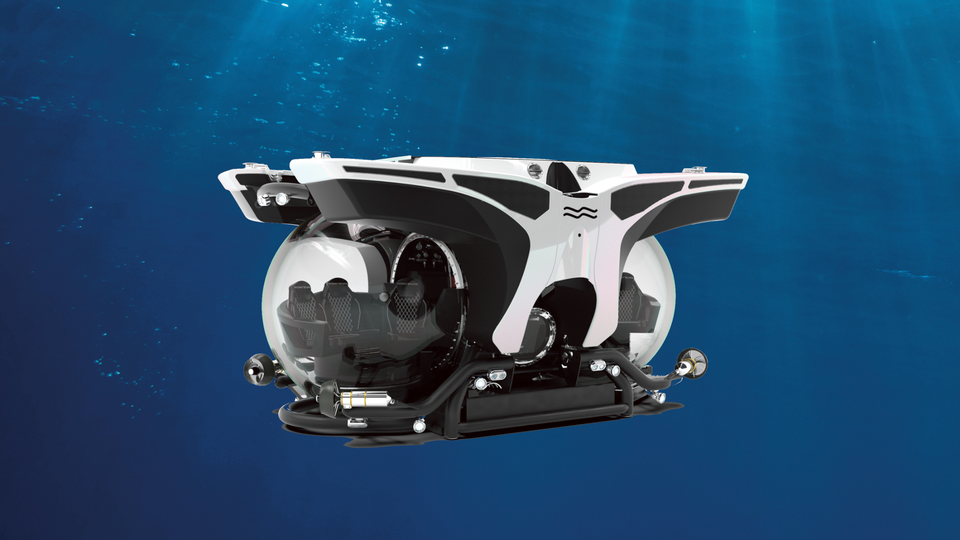
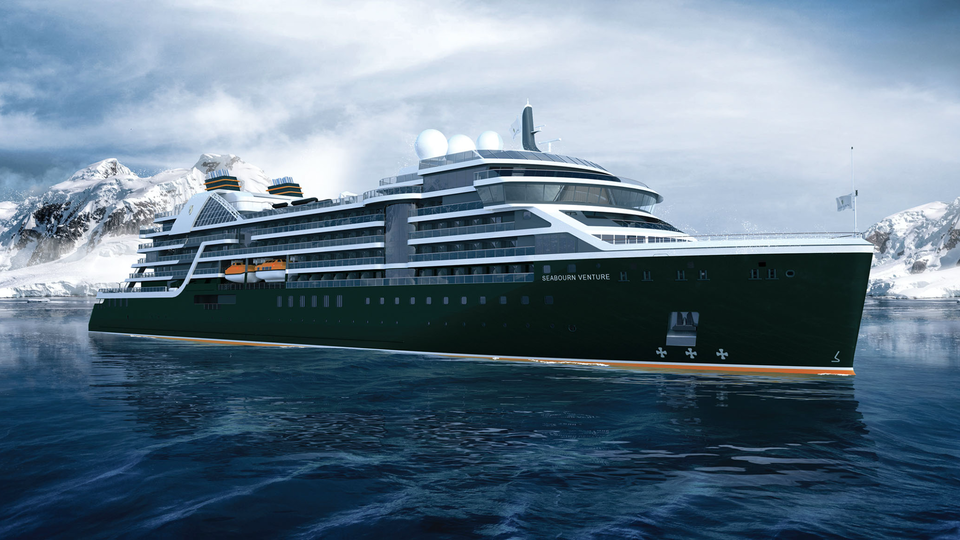
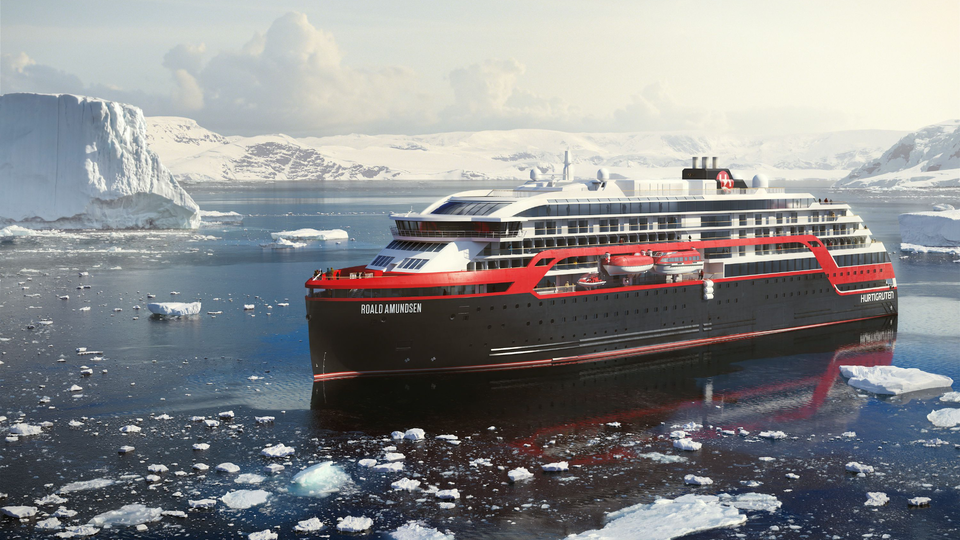
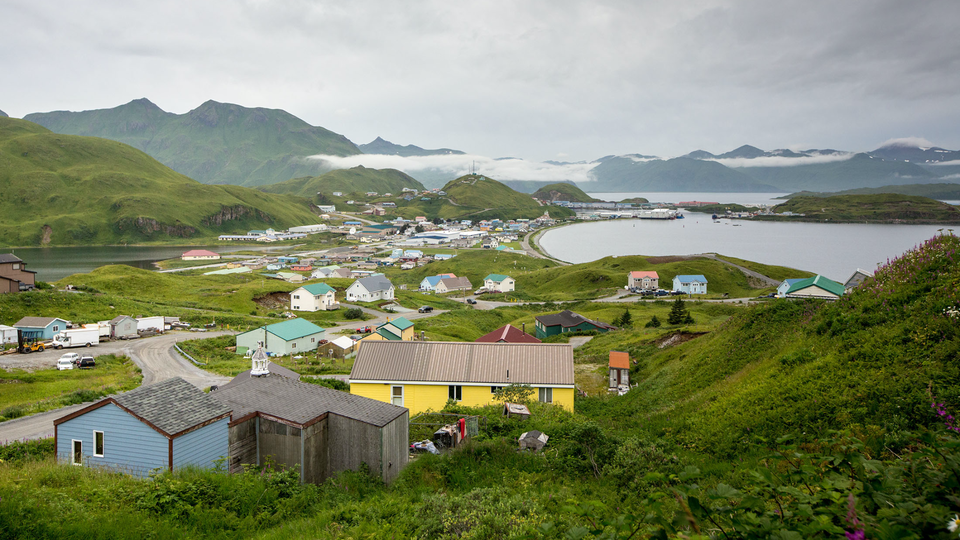

Qantas - Qantas Frequent Flyer
10 May 2014
Total posts 112
Did a Holland-America line cruise up the coast of Norway, Svalbard and the arctic circle and around Iceland in July this year, absolutely stunning.
Virgin Australia - Velocity Rewards
04 Sep 2015
Total posts 26
So if everything is melting, why are there so many expedition ships being built by smart and forward looking companies!
Hi Guest, join in the discussion on When it comes to cruising, freezing cold is hot, hot, hot